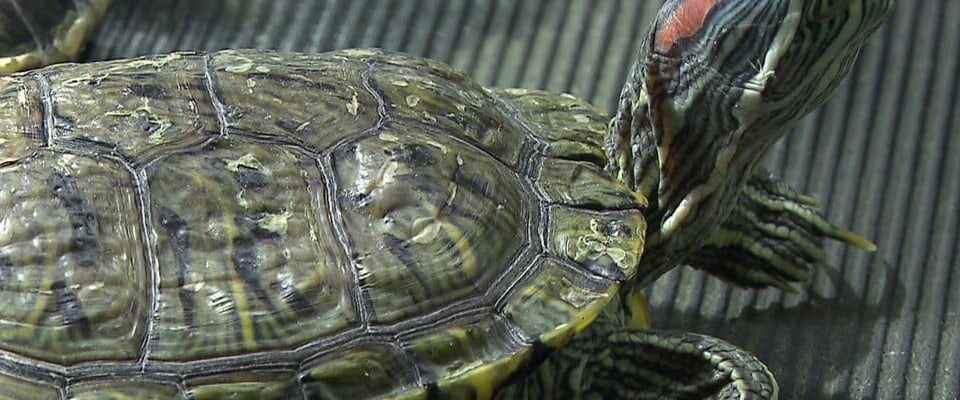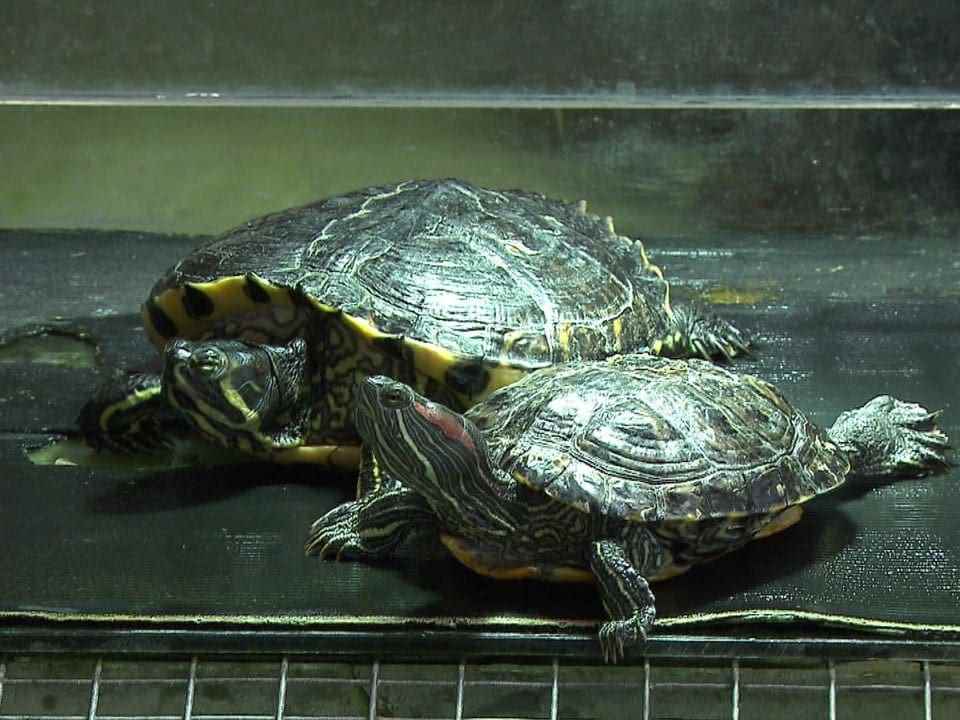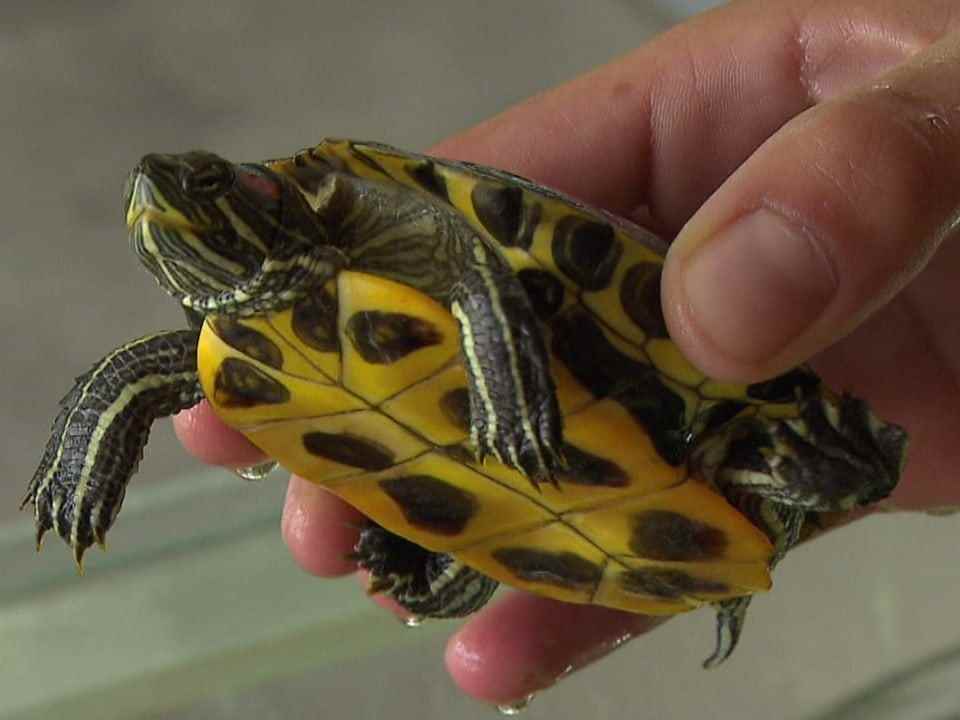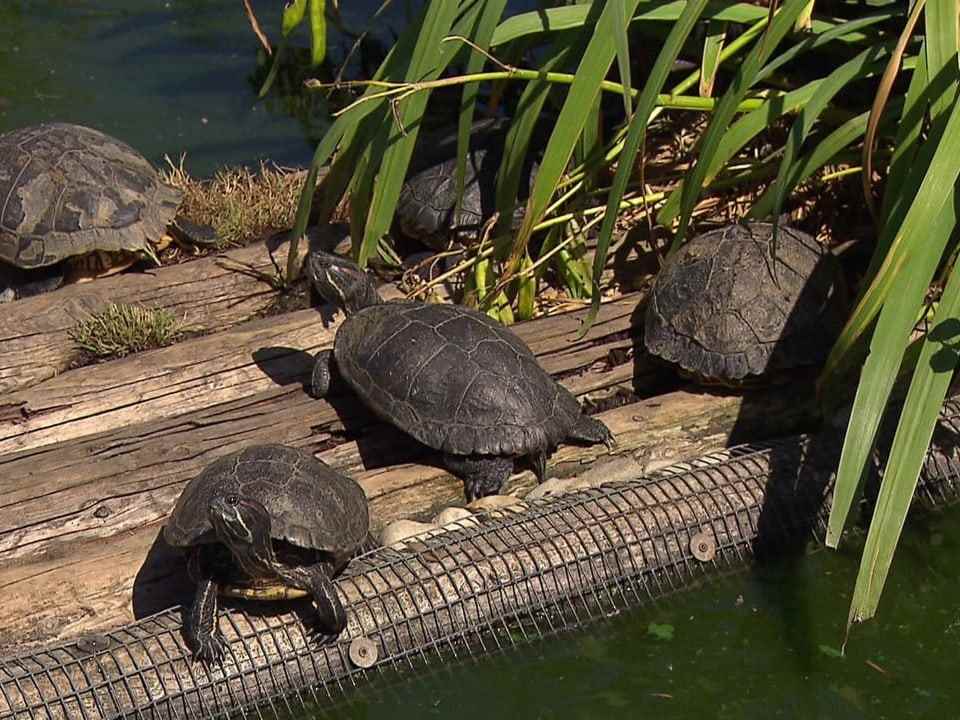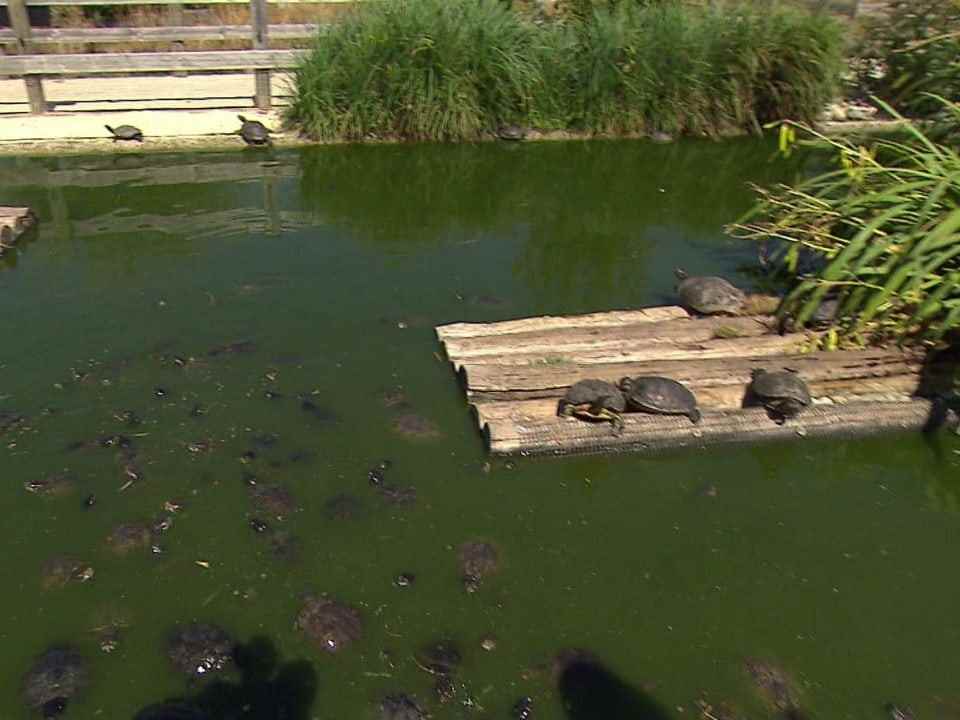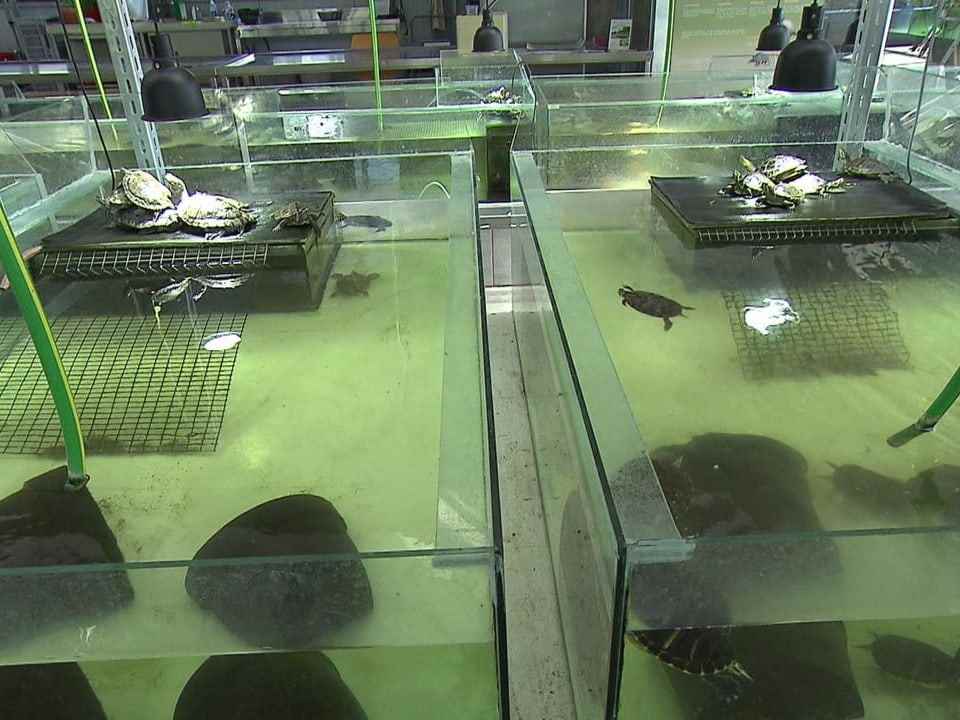contents
Exotic turtles threaten native species. Dogs therefore track down the eggs of released specimens.
Himalayan balsam, quagga mussel or Asian tiger mosquito: These plant and animal species regularly make the headlines. They are neophytes and neozoa – species that are not actually native to Switzerland but occur here because they were introduced.
The red-eared slider is also not a native animal. The tortoises, which originated in North America, were often kept as exotic pets in Switzerland. The small animals grew to be 30 centimeters tall, needed too much space and were abandoned. Recently, they also multiply in the wild – favored by global warming. The attitude is not only forbidden in Switzerland.
The problem: the turtles are voracious. They eat the spawn of native amphibians and insect larvae, endangering rare species. The federal government supports the fight against the red-eared turtle. Animals are captured, eggs removed from the nests.
A difficult smell
That’s where three-year-old Nova Scotia Retriever Kjell comes in. Together with dog handler Denise Karp, he practices searching for turtle eggs on the Aare in the canton of Solothurn. Kjiell and other dogs will indicate when they have found a buried egg.
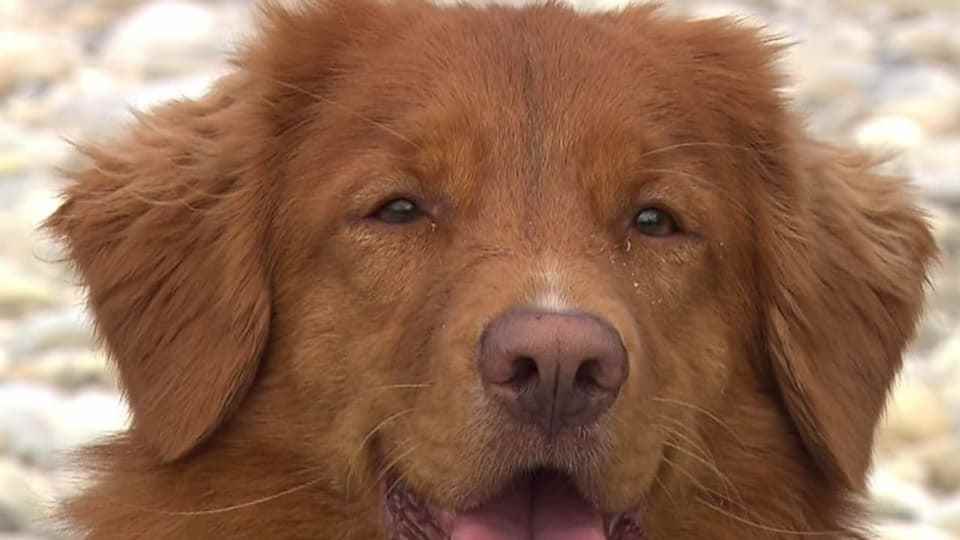
Legend:
Nova Scotia Retriever Kjell is still in training to become a turtle egg sniffer dog. Training on the special smell is difficult.
SRF
They currently find around 70 percent of the eggs buried three centimeters deep. In the wild, however, red-eared sliders bury their eggs even deeper. “It’s a difficult smell. The dog has to search very small. That means we can’t cover huge areas,” explains Denise Karp. So it will be a while before the egg hunt comes out of the pilot project status.
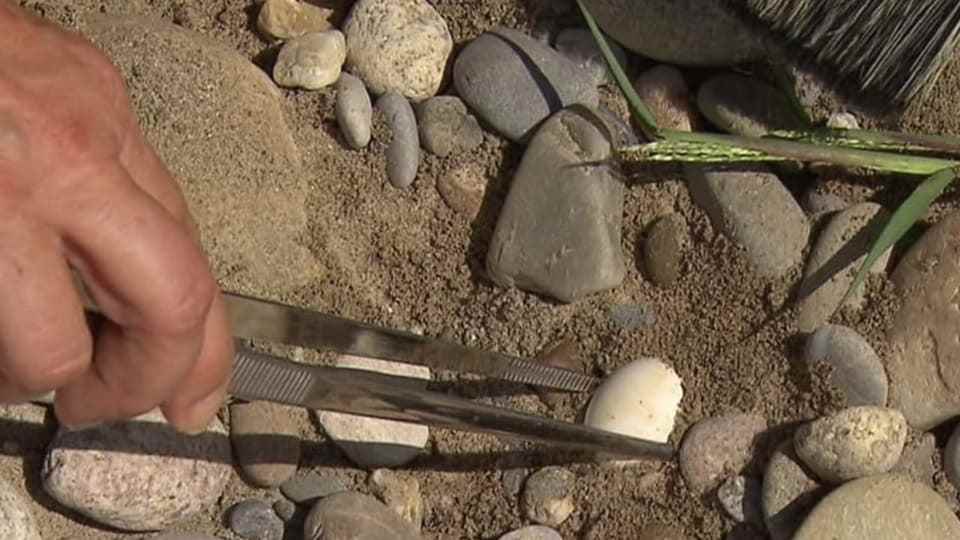
Legend:
The dogs are currently finding turtle eggs hidden three centimeters in the ground. The clutches are usually buried deeper.
SRF
The search for eggs is one point in containing the voracious turtles. The animals are also caught or handed over by owners. However, places in shelters are scarce. The Aarebrüggli animal shelter in Grenchen SO, for example, has had to turn down requests for years. Sometimes there are negative reactions because of this, says managing director Ivan Schmid. People want to do something good and don’t know what to do with the turtle.
A large reception station is the Center Emys in Chavornay VD. But here, too, the capacity is almost exhausted. After the warm summer, 3000 tortoises are now being cared for, there is no more room for additional tortoises. A small expansion is still possible, says project manager Charlotte Ducotterd. But the maximum is reached in two to three years.
Expert calls for further bans
Biologist Ducotterd researches invasive turtles on behalf of the federal government. She examines the eating behavior of the animals and observes the influence they have on the local flora and fauna.
For Charlotte Ducotterd, one thing is clear: the federal government must take further measures. The import of yellow-bellied slider turtles is also to be banned. Many pet shops have done so since the trade in red-eared sliders was banned. Reception centers such as the Center Emys have enough animals that they can pass on to interested parties. She would also welcome a course that prospective turtle keepers have to complete.
